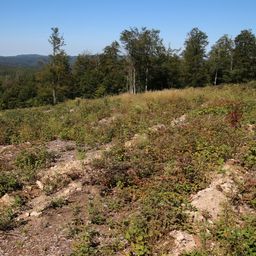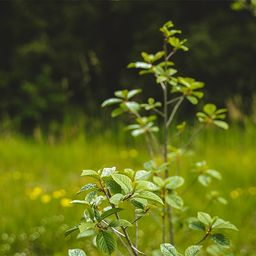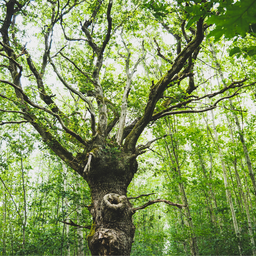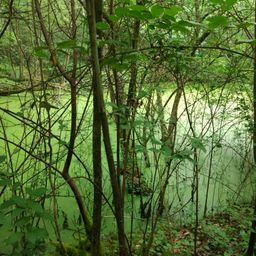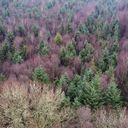
The Douglas-fir's meaning and usage
The Douglas fir tree grows rapidly, which explains its importance in renewing or rebuilding woodland areas
Douglasie
Hailing from North America, the Douglas-fir's common name is misleading since it is not a true fir (which is why it is commonly spelled with a hyphen and not as two words). It was introduced in Europe in the early years of the 19th century by a Scottish botanist and collector who first reported the extraordinary nature and potential of the species and whose name was given to the tree: David Douglas.
Warum pflanzt EcoTree Douglasien?
Ihr starke Widerstandsfähigkeit gegen Kälte und Spätfrost, starken Schnee und Wind macht die Douglasie aus Sicht von EcoTree zum idealen Baum für die Anpflanzung in kalten und nassen Regionen. Sie ist die natürliche Heimat viele Tier-, Pflanzen- und Pilzarten.
Douglasie -
Douglasie -
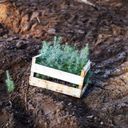
Douglasie - Species requirements
A tolerant species when it is young, it quickly needs lots of light to prosper. It is resilient to the winter cold and the summer drought. However, in its early years, it can succumb to the winter drought, to violent winds, or to a late frost.
It originally hails from regions with mild and humid climates. In Europe, it is sensitive to the dryness of the air, especially when in its first years. All the well-drained soils are suited to it, if they are humid, with no chalk or low acidity. The Douglas-fir needs to be in the sun or mid shade. It is planted in the spring or autumn.
Douglas wood
Douglas wood keeps its remarkable mechanical properties despite the passage of time, thanks to its anatomical and structural properties, making it ideal building material. Its' hard center gives it good resistance. Thanks to its large width, long trunk and nice finish the Douglas is the ideal wood for traditional roof frameworks.
Symbols of the Douglas tree
The Douglas-fir symbolises resistance and durability. This makes it the ideal gift for a durable mariage and a union that weathers all the trials of life. With this living green token, the happiness of the wedding day will be unforgettable.
You can offer the tree to the young couple, for them to remember it always! The Douglas symbolizes the best of what we can wish newlyweds, a fruitful and loving life. Offrez a tree as a wedding gift, offer a Douglas-fir!
Wähle deinen Baum
Unser Ziel ist es, jedem die Möglichkeit zu geben, etwas zu tun, das der Natur zugute kommt und uns hilft, in einer harmonischeren Welt zu leben. Warum werden Sie also nicht Baumbesitzer in einem europäischen Wald und helfen, den Klimawandel zu bekämpfen?
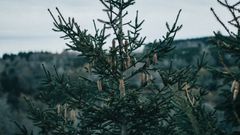

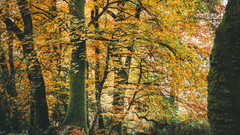

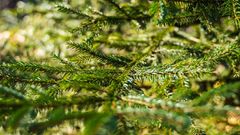

Bitte beachten Sie, dass es sich hierbei um eine Werbemitteilung handelt. Siehe unser Informationsblatt.

